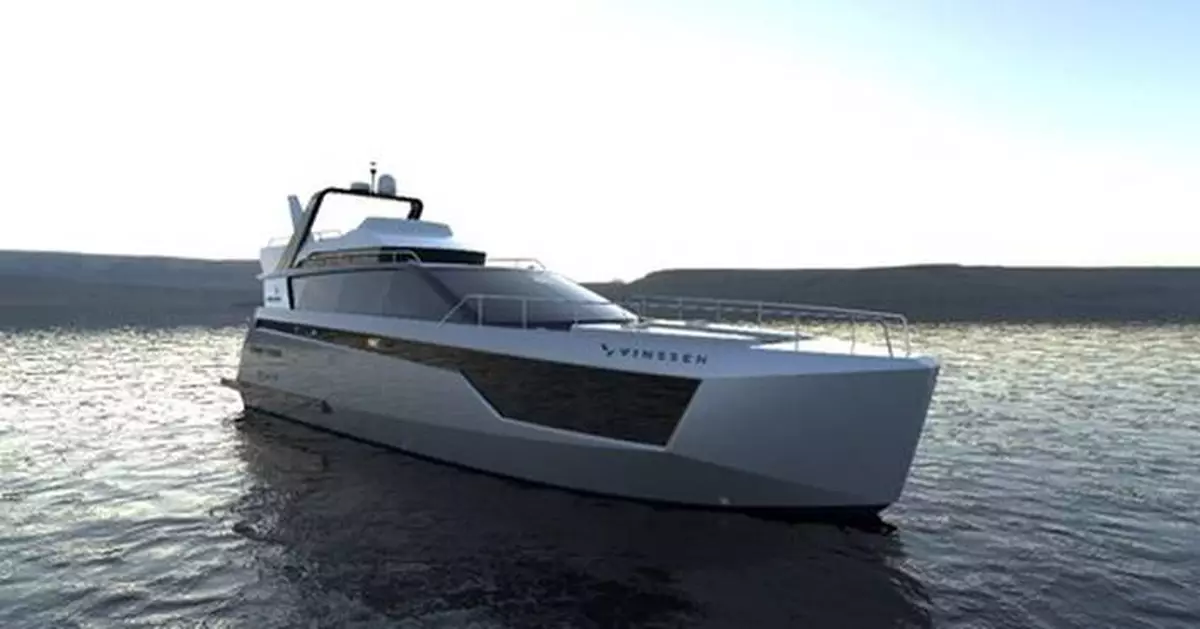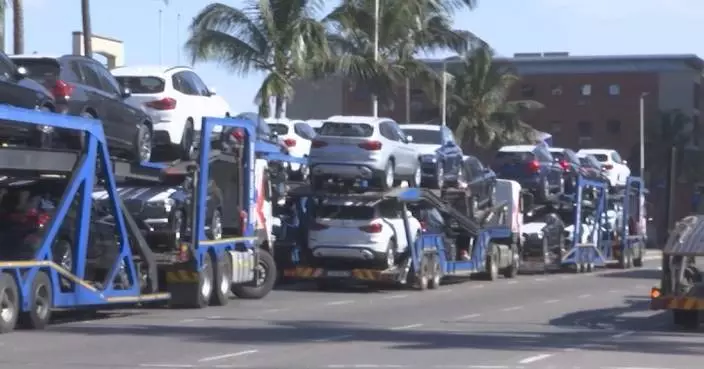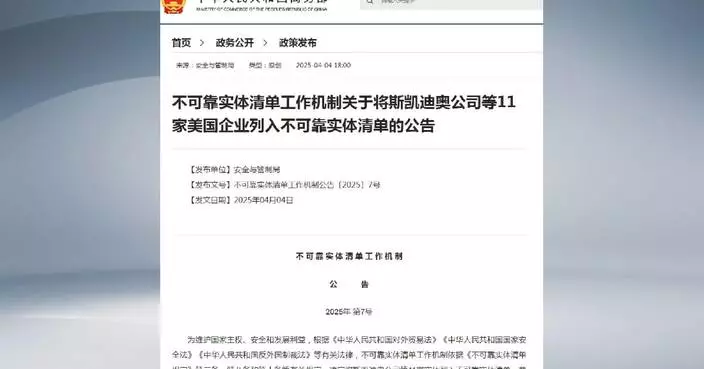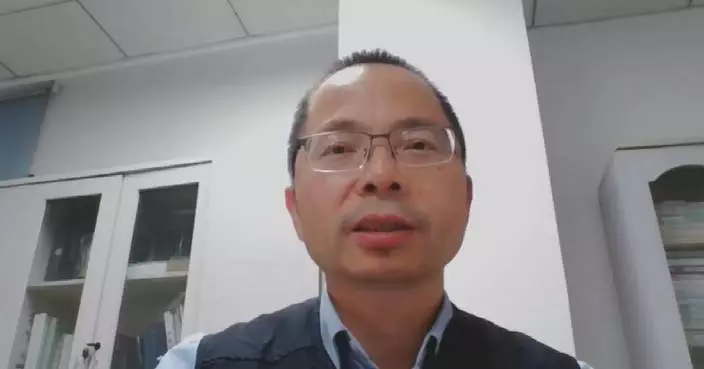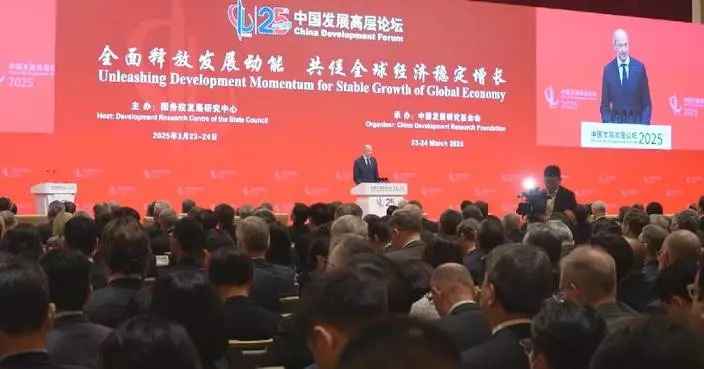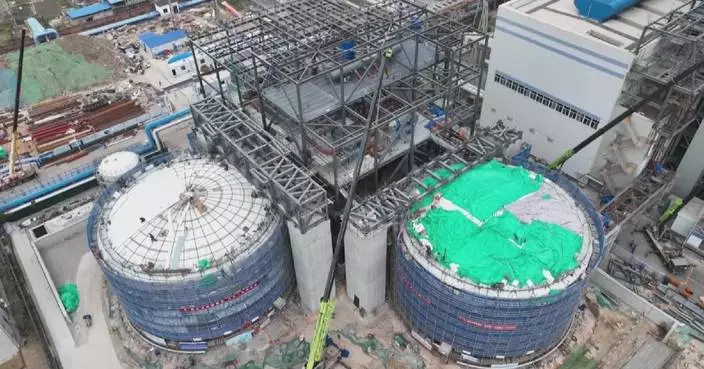Key milestone of R&D project celebrated on Oct 8 with partners Jeonnam Technopark (JNTP), Korea Marine Equipment Research Institute (KOMERI), and Korea Institute of Industrial Technology (KITECH)
SEOUL, South Korea, Oct. 17, 2024 /PRNewswire/ -- VINSSEN Co., Ltd, a maritime decarbonization technology specialist focused on hydrogen fuel cells and integrated propulsion systems, held a launch ceremony on October 8 to mark the start of hull construction of a 17.4m leisure boat. The boat, which can accommodate up to 10 passengers, has a maximum speed of 20 knots powered by a 600kW propulsion system incorporating hydrogen fuel cells and high-voltage batteries developed by VINSSEN. Design approval has already been issued by Korea Marine Traffic Safety Authority (KOMSA), establishing it as the first leisure boat of its kind in the country.
VINSSEN first received special approval from Korea's Ministry of Trade, Industry, and Energy to proceed with the R&D Project" in 2023. The project, officially titled "Demonstration of the Charging and Operation of a Hydrogen Fuel Cell Powered Boat", is conducted in collaboration with JNTP, KOMERI, and KITECH. Specifically, JNTP will provide technical and regulatory sandbox execution support, KOMERI will conduct hull stability assessment hydrogen fuel cell system performance evaluation, and KITECH will share hull welding technology and quality management expertise.
As part of this initiative, VINSSEN, with the support of Jeollanam-do and Yeongam-gun, plans to construct hydrogen fuel cell leisure boats during the demonstration period based on the establishment of a safe testing environment. Additionally, the company will install a moorage facility in Yeongam-gun, and set up and operate a specialized mobile package-type hydrogen charging station that incorporates differentiated monitoring technology.
Chil Han LEE, the CEO at VINSSEN, stated, "This R&D project is essential to eventually achieving carbon neutrality and improving the maritime environment in Korea." He added, "Through this project, we will continue to accelerate safe and efficient eco-friendly maritime mobility technologies." With the project, VINSSEN aims to promote the widespread adoption of hydrogen power in Korea and beyond as a more sustainable solution.
** The press release content is from PR Newswire. Bastille Post is not involved in its creation. **
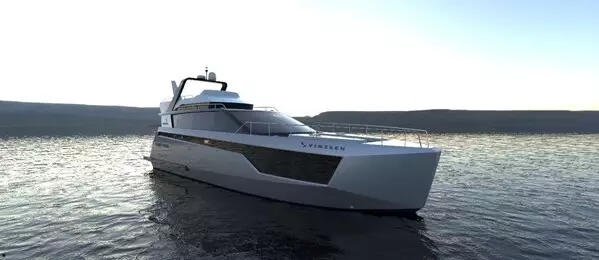
VINSSEN Holds Ship Construction Kick-off Ceremony of Hydrogen-Powered Leisure Boat
SAN JOSE, Calif., April 7, 2025 /PRNewswire/ -- As smart home technology evolves, there are still areas where convenience and security can be improved. THIRDREALITY's new Motion Sensor R1, offers precise motion detection, unaffected by heat or sunlight. Unlike traditional PIR sensors, which can trigger false alarms, the R1 ensures reliable and accurate detection in any condition, making it a valuable upgrade for modern homes.
Recently showcased at CES 2025, the Motion Sensor R1 received positive feedback for its innovative design and performance, highlighting its versatility and ease of integration into smart home systems.
For Lisa, a busy mom, the Motion Sensor R1 became a key part of her home safety routine. After a near-accident with her child, Lisa installed the R1 in the hallway outside the bedroom. Thanks to the adjustable sensitivity, she was able to customize the sensor's detection range to cover just the areas she needed, ensuring it only triggered alerts when necessary. Powered by three AA batteries, the sensor's long battery life eliminated the need for frequent maintenance, giving Lisa peace of mind without complicated wiring or installation.
Mark, a tech enthusiast, found the Motion Sensor R1 equally impressive. He integrated it into his Home Assistant, extending his smart home capabilities. With OTA (Over-The-Air) updates and customizable features, Mark adjusted the sensor to suit his needs, from turning on garage lights to optimizing energy efficiency. The R1's long battery life and reliable detection across diverse spaces gave him the flexibility to perfect his smart home automation.
For both Lisa and Mark, the Motion Sensor R1 wasn't just a motion detector—it was a step forward in smart home technology, offering both enhanced security and convenient automation in a simple, long-lasting package.
For more information about THIRDREALITY and the Smart Motion Sensor R1, please contact us.
About THIRDREALITY
Third Reality is a smart home technology company, dedicated to developing high-quality, user-friendly, and secure smart home products. Through continuous innovation and a deep understanding of market needs, the company strives to provide an improved smart home experience for users worldwide.
THIRDREALITY Motion Sensor R1 is now available for purchase online, including Amazon. Please visit https://www.amazon.com/dp/B0DX61CQPW or https://3reality.com/product/motion-sensor-r1/ for more details on how this advanced security device can be part of your smart home solution.
For more information and products about THIRDREALITY, you can visit the official website: https://www.3reality.com/
Related Links:
Facebook: https://www.facebook.com/ThirdReality.offical
Twitter: https://twitter.com/thirdrealityinc
YouTube: https://www.youtube.com/channel/UCG_rpEZrPoJNErGtvh5juHg
TikTok: https://www.tiktok.com/@thirdrealityofficial
Instagram: https://www.instagram.com/thirdreality_inc
Media Contact:
Tina Zhu
Marketing Manager
Third Reality, Inc.
info@3reality.com
** The press release content is from PR Newswire. Bastille Post is not involved in its creation. **

THIRDREALITY Launches Motion Sensor R1: Enhancing Smart Home Experiences



